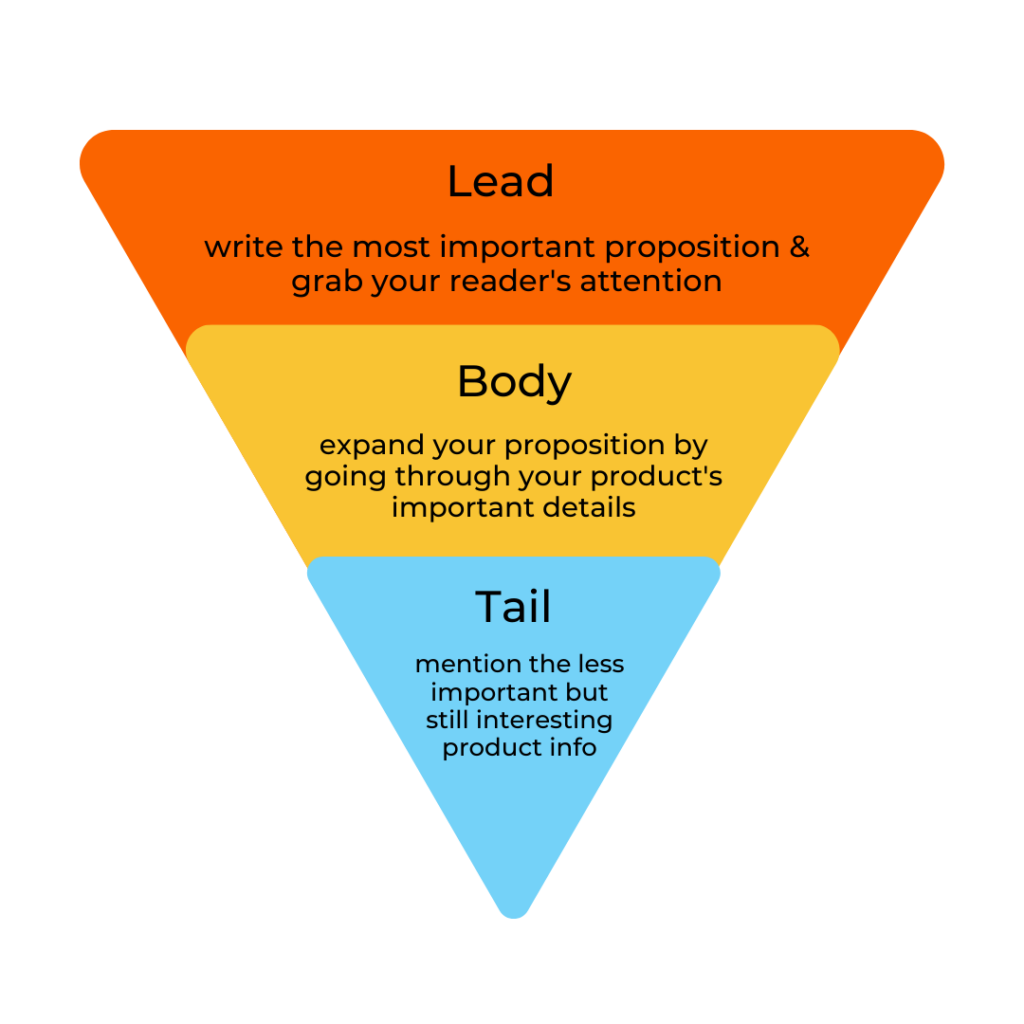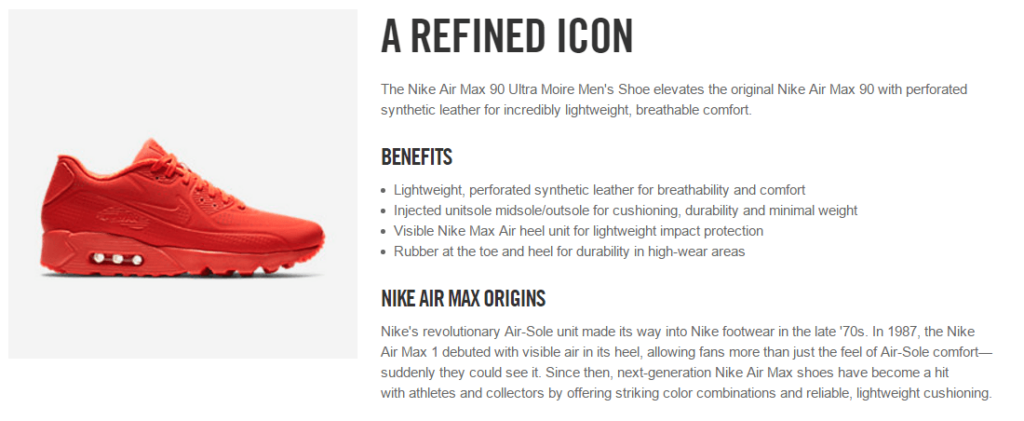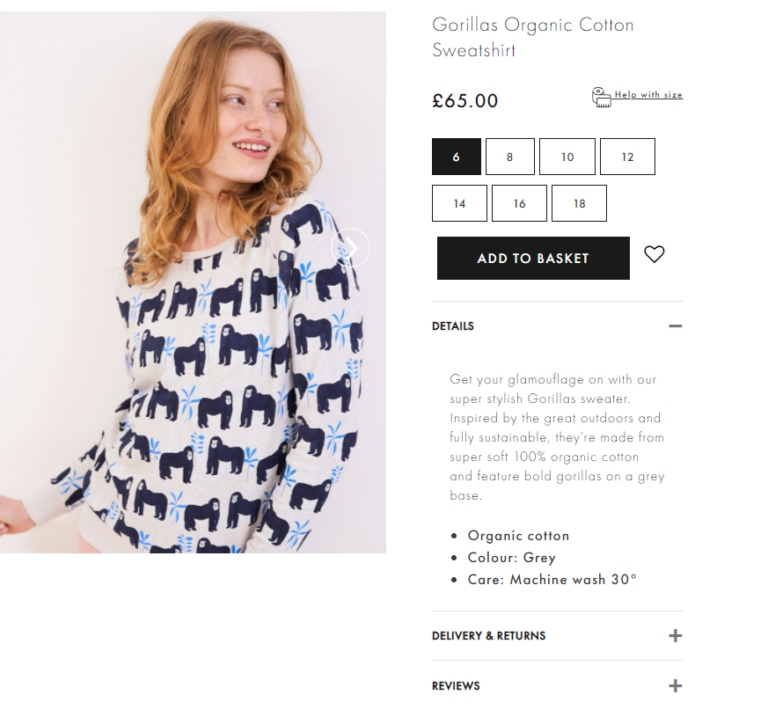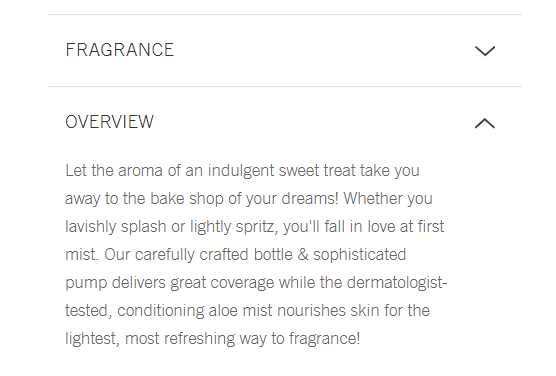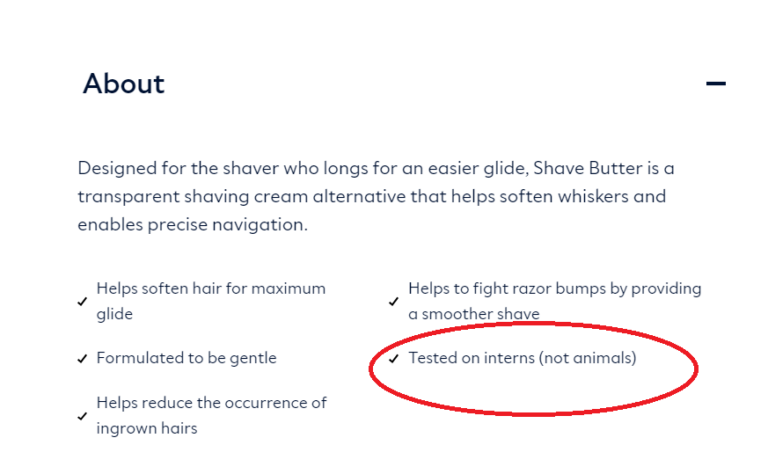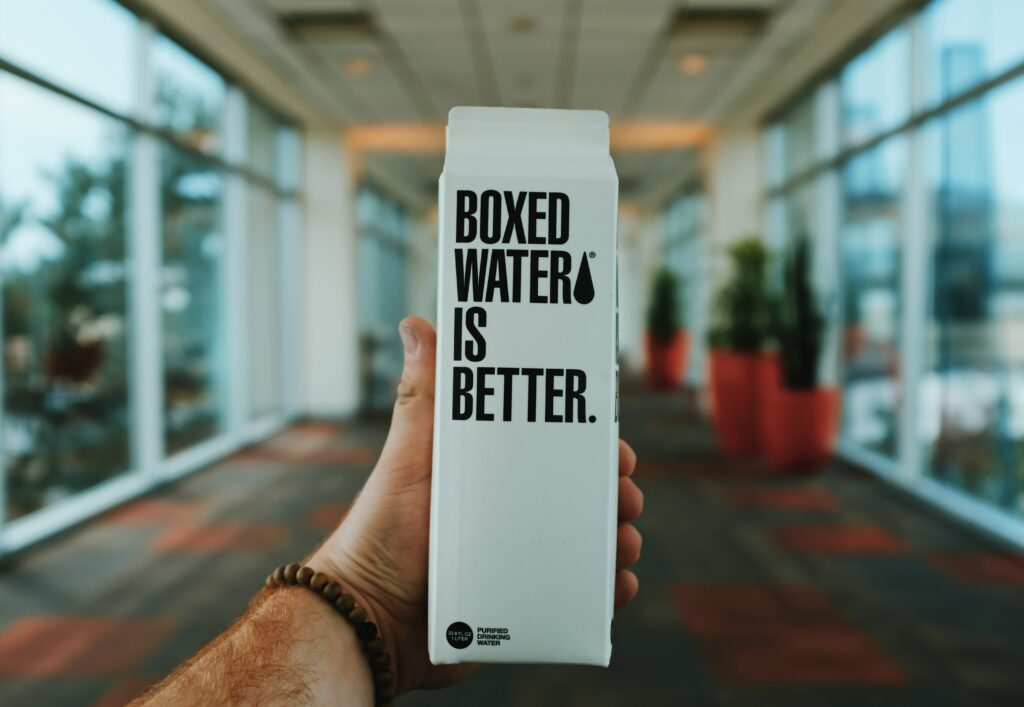Product descriptions are just one part of your product pages, but they carry substantial weight in turning consumers from visitors to paying customers.
The words you use, how you tie them together, and how you organize them will impact the consumer’s perception of your product and your brand.
If someone’s already on your product page, it means that their interest has already been kindled. And with a compelling product description, you can hook them in and get them to add your products to their cart. Now, get to work and start writing!



